
B.
P. Bishop Museum
Exploration and Discovery
The Coral-Reef Twilight Zone
Palau 'Twilight Zone' Expedition, 4-19 May 1997
![]()
Daily Log Reports
Click on
any of the
dates shown below
for a report on that
day's diving activities,
including dive profiles
and photographs of
new discoveries.
4 May 1997
5 May 1997
6 May 1997
7 May 1997
8 May 1997
9 May 1997
10 May 1997
11 May 1997
12 May 1997
13 May 1997
14 May 1997
15 May 1997
16 May 1997
17 May 1997
18 May 1997
19 May 1997
Rebreather
Totals
Dives: 43
Hours: 106
Discoveries: ~38
![]()
Expedition
Abstract:
The purpose of this expedition is
to search for new species of organisms which dwell on
deep coral reefs. Due primarily to constraints of
existing technology, coral reef habitat at depths between
about 200 and 500 feet (60-120 meters) remains almost
entirely unexplored. This zone, which has come to be
known as the coral-reef 'Twilight Zone',
spans the biologically important gap between the highly
complex and diverse shallow coral reef environment, and
the comparatively sparse abyssal environment. The use of
advanced, mixed-gas diving equipment called 'Rebreathers' will enable us to
descend to depths of 500 feet or more, allowing us to
explore habitats not easily accessible to
undersea researchers.
This web site contains additional information about this expedition and related topics. During the course of the expedition, log reports and photographs of new discoveries will be added to this page on a daily basis. At left is a list of all expedition dates. Click on them to see that day's log report. Also at left are totals of number of rebreather dives conducted, numbers of hours spent underwater by rebreather divers, and number of new biological discoveries.
This expedition and other aspects of coral-reef Twilight Zone exploration were on display in the Ocean Planet exhibit, hosted by Bishop Museum from May 24 through October 5, 1997. This exhibit, developed by Smithsonian Institution's National Museum of Natural History, was expanded with additional displays featuring ocean-related issues concerning Hawai‘i.


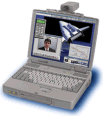 Several
important objectives of this expedition (including the
daily log reports) were made possible through the
generous support of Toshiba
America, Inc., who provided a Tecra-740
notebook computer.
Several
important objectives of this expedition (including the
daily log reports) were made possible through the
generous support of Toshiba
America, Inc., who provided a Tecra-740
notebook computer.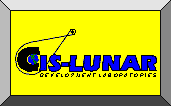
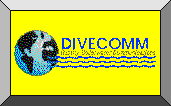
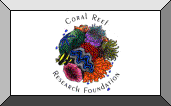
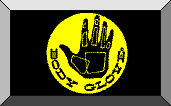
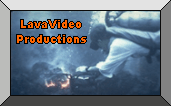

Museum. All rights reserved.
All media are for the personal
use of students, scholars and
the public. Any commercial use
or publication of them is strictly
prohibited.
![]() BISHOP MUSEUM
BISHOP MUSEUM
The State Museum of Natural and Cultural History
For Museum Information, call (808) 847-3511
Bishop Museum 1525 Bernice Street Honolulu Hawai`i
96817 USA
by rlp


